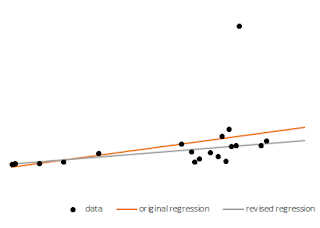On a cryptocurrency of dynamic supply
The main idea: two joint cryptocurrencies are programmed such that one can be exchanged for the other as long as their product remains constant, thus tracking the minimal necessary volume of circulation required by a growing economy in a decentralized fashion. 0. Posts on this blog are ranked in decreasing order of likeability to myself. This entry was originally posted on 30.09.2021, and the current version may have been updated several times from its original form. 1 Setting the stage 1.1 The economy under the division of labour is a massive and massively complex system with immense degrees of freedom. Commie silliness notwithstanding, only money, an emergent computer of comparable capability, is equal to the task of daily optimising resources such as to fulfill demand to the greatest degree possible. Money alone can run such calculations at any reasonable speed. 1.2 Calculations need to be run in the moment as well as in time, hence the true and core function of money as a uni



